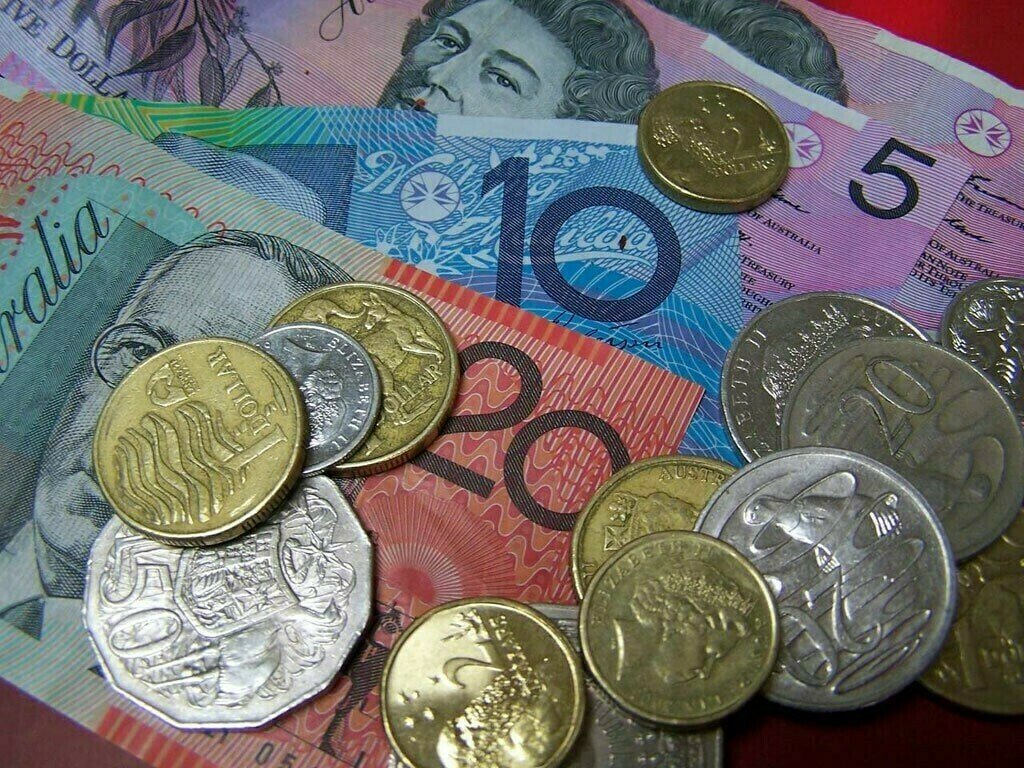
SYDNEY: The Australian and New Zealand dollars were headed for the best month in a year on Thursday, as markets wagered on the prospect of early and aggressive US policy easing now that rates seem to have peaked.
The Aussie rose 0.3% to $0.6636, having eased 0.5% overnight to $0.6606 on some month-end profit-taking. It faces resistance at Wednesday’s high of $0.6676 but has strong support at the 200-day moving average of $0.6580.
It is up 4.7% for the month, the biggest gain since November last year.
The kiwi dollar climbed 0.4% to $0.6179, after a hawkish rate decision from Reserve Bank of New Zealand sent the currency briefly to a four-month high of $0.6207.
It is headed for a monthly jump of 6.0% November marked a pivotal month for markets.
Trends that had worried investors, such as the climbing dollar and elevated US Treasury yields, are reversing, while risky assets rebounded strongly on hopes the Federal Reserve has got an upper hand on inflation and can engineer a soft landing.
The prospects for rate cuts received a boost earlier this week after Fed Governor Christopher Waller, deemed a hawk, hinted at lower interest rates in the months ahead if inflation continued to ease.
Fed funds futures have fully priced in a quarter-point rate cut by May next year, with the amount of total cuts in 2024 seen at a whopping 115 basis points.
Jeff Ng, head of macro strategy, Asia, at Sumitomo Mitsui Banking Corporation, now expects a modest correction from the Australian dollar in the coming month after peaking near 67 cents in November.
“For the coming year, we still see a higher AUDUSD after some volatility in Q1-2024. Much of it may depend on dollar movements, which has been weak in November but may rebound in Q1-2024,” Ng said.
Down Under, data on Thursday showed a rebound in the mining industry drove Australian business investment to an eight-year high in the September quarter, housing approvals rebounded in October and credit supply rose at a slower pace.
Combined with a miss in the October inflation report, markets see little chance that the Reserve Bank of Australia could follow with another hike as soon as next week.
They have also pared back the risk of a rise next year. Australian bonds enjoyed the best month since March.
Three-year government bond yields fell 43 basis points in the month to 3.979%, while 10-years plunged 58 bps to 4.358%.
New Zealand two-year government bond yields fell 65 bps – the biggest monthly fall in three years – to 4.940%.

